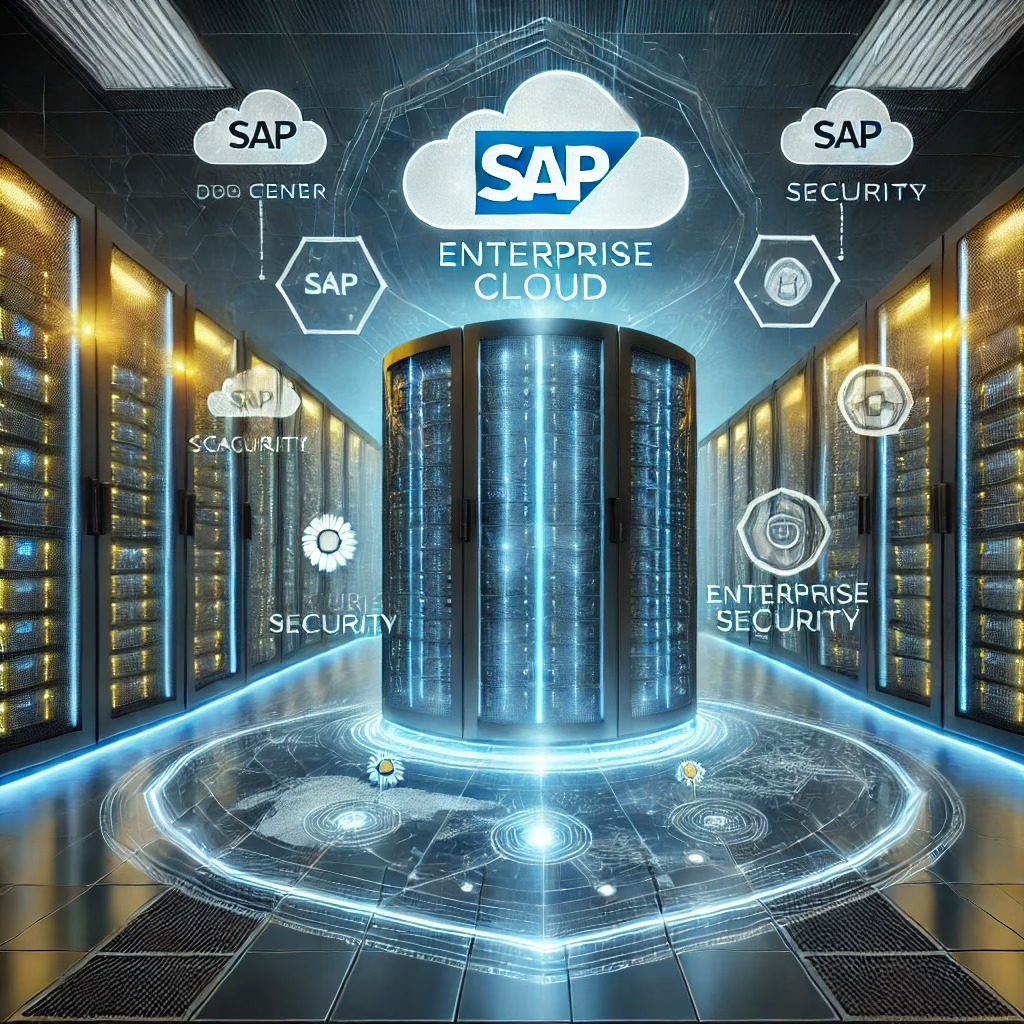Introduction to SAP Enterprise Cloud
SAP Enterprise Cloud (SAP EC) is a powerful cloud-based infrastructure that enables organizations to run, manage, and optimize SAP applications efficiently. As businesses shift towards digital transformation, SAP EC provides the agility, scalability, and security necessary for enterprises to maintain a competitive edge. In this guide, we will explore SAP EC in detail, compare it with other cloud solutions, and discuss its benefits, features, and best practices for implementation.
What is SAP Enterprise Cloud (SAP EC)?
SAP Enterprise Cloud is a managed private cloud environment that hosts SAP applications, including ERP systems, analytics, and business solutions. It is part of the broader SAP Cloud portfolio, offering businesses a way to migrate their SAP workloads to the cloud while maintaining security and compliance.
Key Features of SAP EC
- Fully Managed Infrastructure: SAP EC provides a fully managed environment, reducing the burden of IT maintenance.
- Scalability: The cloud infrastructure allows businesses to scale their SAP applications based on demand.
- Security and Compliance: Enterprise-grade security measures and regulatory compliance ensure data protection.
- Integration Capabilities: Seamless integration with on-premise and other cloud solutions for hybrid deployments.
- Performance Optimization: Optimized performance for SAP applications through high-speed cloud infrastructure.
SAP Enterprise Cloud vs. Other Cloud Solutions
When considering SAP EC, it's essential to compare it with other cloud providers such as AWS, Azure, and Google Cloud to determine the best fit for your organization.
SAP EC vs. AWS
| Feature | SAP Enterprise Cloud | AWS |
|---|---|---|
| Managed Services | Fully managed by SAP | Requires third-party SAP expertise |
| Security | Enterprise-grade security with SAP compliance | Robust security but requires additional configuration |
| Integration | Optimized for SAP applications | SAP-certified but requires more manual configuration |
| Support | Dedicated SAP support | General cloud support with SAP consultants needed |
SAP EC vs. Microsoft Azure
| Feature | SAP Enterprise Cloud | Microsoft Azure |
| SAP Optimization | Pre-configured and optimized | Requires setup and tuning |
| Pricing Model | Subscription-based | Pay-as-you-go, potentially higher costs |
| Compliance | SAP-specific compliance certifications | General compliance with SAP-specific add-ons |
| Flexibility | Less flexible but deeply integrated with SAP | More flexible but needs additional configurations |
SAP EC vs. Google Cloud
| Feature | SAP Enterprise Cloud | Google Cloud |
| AI & ML Capabilities | Basic AI & ML integrations | Advanced AI & ML capabilities |
| Cost Efficiency | Higher cost due to SAP management | More cost-effective for specific workloads |
| Performance | Optimized for SAP workloads | Good performance but requires optimization |
| Multi-cloud Support | Limited multi-cloud options | Strong multi-cloud and hybrid support |
Benefits of Using SAP Enterprise Cloud
1. Enhanced Security
SAP EC offers enterprise-grade security measures, ensuring compliance with industry standards such as GDPR, HIPAA, and ISO 27001.
2. Simplified Management
With SAP managing the infrastructure, organizations can focus on innovation rather than IT maintenance.
3. High Availability and Reliability
The cloud environment is designed for high availability, ensuring minimal downtime and business continuity.
4. Cost Efficiency
While SAP EC has a higher initial cost, it reduces the need for in-house IT resources, making it cost-efficient in the long run.
5. Seamless Integration
SAP EC integrates seamlessly with existing SAP and third-party applications, ensuring a smooth transition to the cloud.
SAP Enterprise Cloud Use Cases
1. Large Enterprises Running SAP ERP
Enterprises using SAP S/4HANA and other SAP solutions benefit from the managed infrastructure and security offered by SAP EC.
2. Industries with High Compliance Requirements
Financial services, healthcare, and government organizations rely on SAP EC for compliance and security.
3. Hybrid Cloud Deployments
Businesses that need a combination of on-premise and cloud infrastructure can leverage SAP EC’s hybrid cloud capabilities.
4. Digital Transformation Initiatives
Companies undergoing digital transformation can utilize SAP EC for faster deployment and better resource optimization.
How to Implement SAP Enterprise Cloud
Step 1: Assess Your Cloud Readiness
Evaluate your existing IT infrastructure, SAP workloads, and business needs to determine if SAP EC is the right choice.
Step 2: Define a Migration Strategy
Choose between a full migration, phased migration, or hybrid approach based on your business requirements.
Step 3: Work with SAP Cloud Experts
Collaborate with SAP consultants and cloud architects to ensure a smooth transition.
Step 4: Optimize Performance and Security
Use best practices for security configurations, performance tuning, and cost management.
Step 5: Monitor and Manage
Continuously monitor your SAP environment and use SAP’s support services for ongoing management.
Conclusion
SAP Enterprise Cloud is a powerful solution for businesses looking to leverage cloud computing for their SAP applications. With its robust security, seamless integration, and managed infrastructure, SAP EC stands out as a top choice for enterprises. However, comparing it with other cloud providers such as AWS, Azure, and Google Cloud is essential to determine the best fit for your needs. By carefully planning your migration strategy and optimizing your cloud environment, you can unlock the full potential of SAP EC for your organization.

